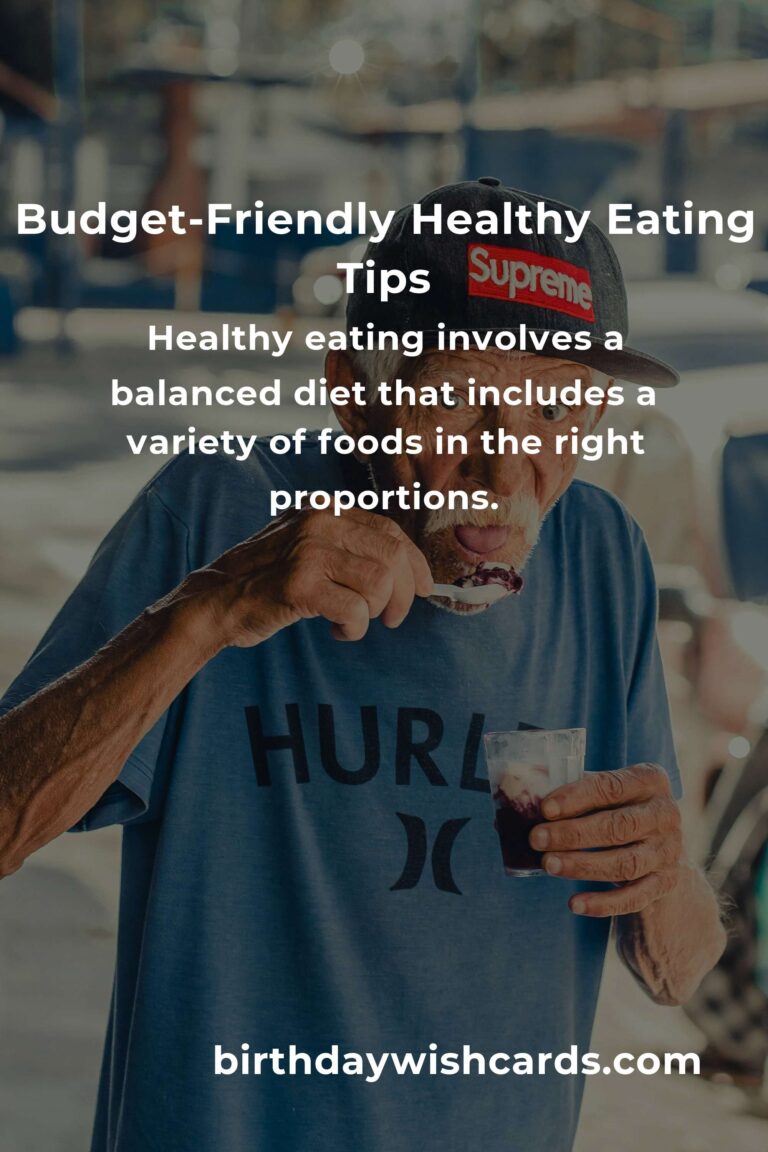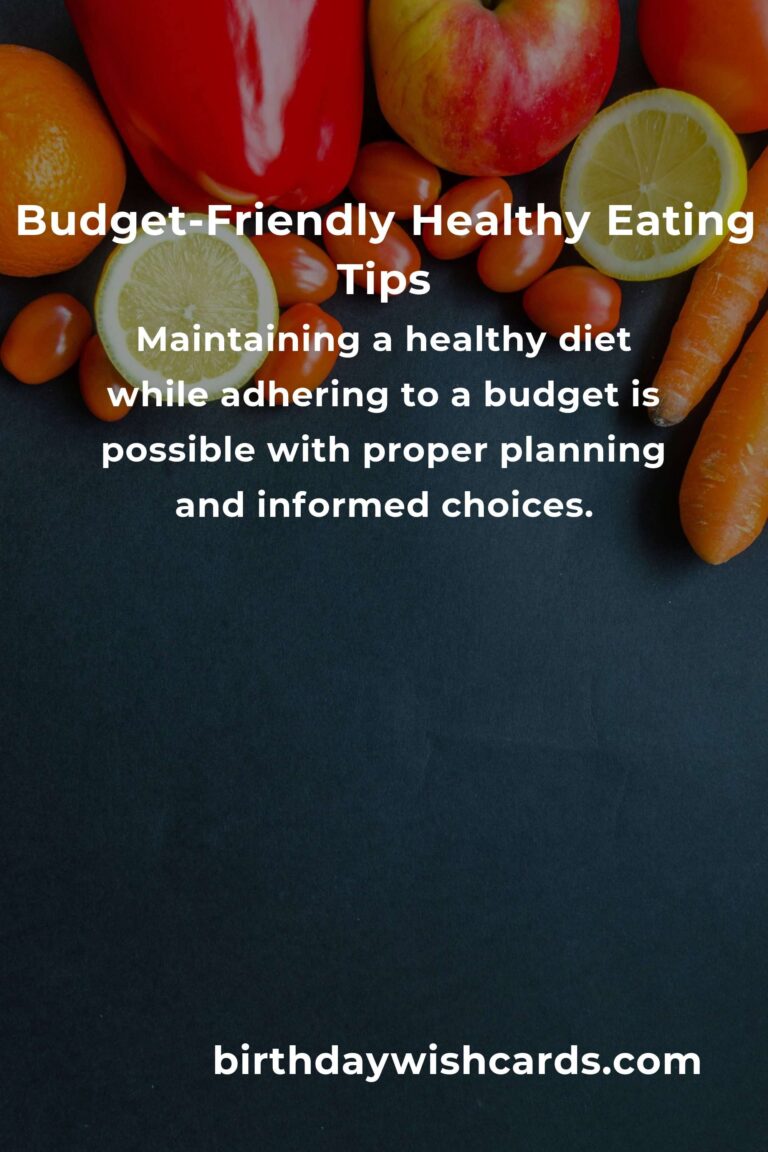
In today’s fast-paced world, maintaining a healthy diet while adhering to a budget is a challenge many face. However, with proper planning and informed choices, it is possible to enjoy nutritious meals without breaking the bank. This guide aims to provide you with valuable tips and strategies to master budget-friendly healthy eating.
Understanding the Basics of Healthy Eating
Healthy eating isn’t just about consuming salads and eliminating all fats. It involves a balanced diet that includes a variety of foods in the right proportions. Incorporating fruits, vegetables, whole grains, proteins, and healthy fats is essential for overall well-being.
Planning Your Meals
Meal planning is a critical step in maintaining a healthy diet on a budget. By planning your meals ahead of time, you can avoid impulse purchases and reduce food waste. Start by listing your favorite healthy recipes and creating a weekly menu. This will streamline your grocery shopping and help you stick to your budget.
Smart Shopping Tips
When shopping for groceries, there are several strategies you can employ to save money while purchasing healthy foods. Firstly, make a shopping list and stick to it. Secondly, consider buying in bulk, especially for non-perishable items like grains and legumes. Additionally, take advantage of seasonal produce, which is often cheaper and fresher.
Cooking at Home
Eating out can be costly, and the nutritional content of restaurant meals can be uncertain. Cooking at home allows you to control the ingredients and portion sizes, leading to healthier and more budget-friendly meals. Investing in cooking gadgets like slow cookers or pressure cookers can make meal preparation easier and more efficient.
Incorporating Plant-Based Foods
Plant-based foods, such as beans, lentils, and vegetables, are not only nutritious but also cost-effective. These foods can be used in a variety of dishes, providing essential nutrients without the high cost associated with meat and dairy products. Experimenting with vegetarian recipes can add variety to your meals and reduce your grocery bill.
Reducing Food Waste
Food waste is a significant issue that can impact your budget. To minimize waste, store your groceries properly and use leftovers creatively. Soups, stews, and stir-fries are excellent ways to use up odds and ends in your refrigerator. Additionally, practicing portion control can prevent overeating and reduce waste.
Conclusion
Mastering budget-friendly healthy eating is a feasible goal with the right approach. By understanding the basics of nutrition, planning your meals, shopping smartly, cooking at home, incorporating plant-based foods, and reducing food waste, you can maintain a healthy diet without overspending. Remember, the key is consistency and making informed choices that align with your budget and health goals.
Maintaining a healthy diet while adhering to a budget is possible with proper planning and informed choices. Healthy eating involves a balanced diet that includes a variety of foods in the right proportions. Meal planning is crucial for sticking to a budget and reducing food waste. Smart shopping strategies like making a list and buying in bulk can save money. Cooking at home allows for control over ingredients and portion sizes. Incorporating plant-based foods is a cost-effective way to get essential nutrients. Minimizing food waste helps in managing your budget effectively.
#HealthyEating #BudgetFriendly #MealPlanning #SmartShopping #PlantBased













